 I meant to write this post, the second about Agatha Christie, last week, but I’ve been very busy and excited with the publication of my new book, Danger Danger, an Irish romance-suspense about twin sisters, separated at birth; and about the strange way in which, in spite of their very different circumstances, their lives take parallel courses, hurling them both into danger, until they finally meet.
I meant to write this post, the second about Agatha Christie, last week, but I’ve been very busy and excited with the publication of my new book, Danger Danger, an Irish romance-suspense about twin sisters, separated at birth; and about the strange way in which, in spite of their very different circumstances, their lives take parallel courses, hurling them both into danger, until they finally meet.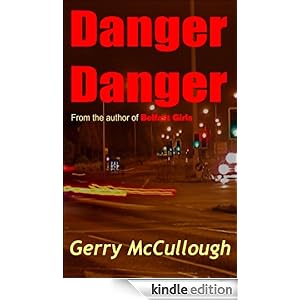 Danger Danger is now available on both Kindles, in paperback on Amazon.com, and in paperback for pre-order on Amazon.co.uk, so things are really happening for me. Belfast Girls is continuing to sell well, and is mostly staying in the top 10 for Women’s Literary Fiction on Amazon; so I’ve been very busy with all this.
Danger Danger is now available on both Kindles, in paperback on Amazon.com, and in paperback for pre-order on Amazon.co.uk, so things are really happening for me. Belfast Girls is continuing to sell well, and is mostly staying in the top 10 for Women’s Literary Fiction on Amazon; so I’ve been very busy with all this.But at last I’ve carved out a space to write this blog, which is on a subject I find both engrossing and important.
How many of Agatha Christie’s millions of fans know that she also wrote six books, labelled as ‘romance’ by her publisher, and given romantic looking covers, unfortunately, but more appropriately coming under the genre heading of ‘literary’, under the name of Mary Westmacott? Okay, quite a few, I’m sure. But for a long time, at her publisher’s insistence, this was one of those best-kept secrets. When, as a young writer, quite well established as the best selling creator of Hercule Poirot, Agatha turned up one day at her publisher’s office with her new book, and it wasn’t a Poirot mystery, there was consternation. This would never do! Her fans already expected a certain type of book from her. They wouldn’t buy this sort of thing; or if they did, there would be a knock on effect on her next thriller, which would probably sell abysmally, since fans would no longer know what to expect.
Agatha Christie argued her case, but the most she could achieve was publication provided she took a non-de-plume, and continued to write only detective stories under the Christie name which she had made famous. So for years she wrote the occasional Mary Westmacott as the spirit moved her, and for quite a long time no one, except a few friends who guessed, knew that she was their author.
This has been a common attitude with publishers for the whole of the last century. It’s only now, with the e-book revolution, that writers have the freedom to create whatever type of book they choose, with no one to force them to stay in one genre, or remain anonymous; and many of them are seizing the opportunity, with notable success.
I first heard of the Mary Westmacott books when I’d already been reading, and loving, Agatha Christie for many years. They weren’t easy to get hold of. I found one, Giant’s Bread, in my local library and enjoyed it a lot. I found that Christie had brought to it all the skills and the ability to give pleasure of her normal detective stories, plus an added freedom to explore character and a new depth of subject matter. Agatha Christie, in my opinion, draws her characters excellently, and doesn’t allow herself to be limited too much by the plot. But undoubtedly there’s an extra something in her Westmacott books which makes them even more special. The writing skill, the clarity of style and the page turning ability, are still there, and the plot, although so different, is handled with all the skill one expects; but these books are about people and their lives and how their characters develop.
It was some time before I was able to find the other Westmacott books. Giant’s Bread was the first I bought, as well as the first I read, but not long after that the six were published in two volumes. I bought the first, but, alas, the second must have gone out of print very quickly, because I couldn’t find it when I tried to buy it at a later date. However, I managed to pick up the others as individual books second hand.
One of the things I would say about these books is that Christie, perhaps because of the non-de-plume, has used material from her own life more freely here than in her detective stories. (The exception to this is The Five Little Pigs, where she used the story of her first marriage, even setting the book at the same time, sixteen years previously, as her own divorce; but rewrote history to make the story turn out as she would, at the time, have wanted it to. If you haven’t read it, I won’t spoil it for you. But if you have, and have also read her Autobiography, see if you agree with me.)
Any reader of her Autobiography (one of my favourite books) will see at once that her own wartime hospital experience is used not just in Giant’s Bread but also in The Burden; and her disastrous first marriage appears in both The Burden and The Unfinished Portrait. It’s interesting, too, to see that she occasionally repeated ideas used in the detective stories. For example, The Rose and the Yew Tree has plot elements which she also used, with a very different outcome, in The Moving Finger; and Destination Unknown and The Unfinished Portrait also have striking plot similarities. Christie fans will undoubtedly notice other doubles, such as the Mr Quinn story The Man From the Sea and, again, The Unfinished Portrait; and the story of Joan’s daughter in Absent in the Spring and that of Hastings’ daughter in Curtain.
Agatha Christie herself thought Absent in the Spring was the one of her books which she was most completely satisfied with, and no wonder. Slightly shorter than most of her work, this gem deserves more recognition. The main character, Joan, is portrayed with a subtlety which allows us to understand her more and more fully without the author obtruding on her story with forced explanations. Joan’s experiences in the desert, compared as they are to Christ’s, are moving and full of depth. The ending, which Christie tells us she wrote before any of the rest of the book and was able to leave completely unchanged when she reached it, is both real and saddening.
These books, as I’ve already said, have a depth of theme and a realism which she was able to allow herself when writing more fully about her characters rather than working to a plot. My own favourite is The Burden, an amazingly important examination of the more serious realities of life. The Rose and the Yew Tree is a close runner-up, with Absent in the Spring and Giant’s Bread serious contenders. In fact, all six of the books should have earned Agatha Christie a position as one of the best literary writers of the 20th century, and would undoubtedly have done so if her position as ‘The Queen of Crime’ had not also been so well established. Being so good at two such different types of writing isn’t always the best thing for a writer’s reputation!
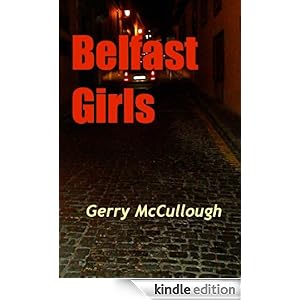 If you like Agatha Christie, and haven’t as yet tried Mary Westmacott, you can get them for buttons in the online second hand shops. You’ll find they have all the elements which make the detective stories so readable and enjoyable, plus a little bit more. Don’t miss out!
If you like Agatha Christie, and haven’t as yet tried Mary Westmacott, you can get them for buttons in the online second hand shops. You’ll find they have all the elements which make the detective stories so readable and enjoyable, plus a little bit more. Don’t miss out!And by the way, if you'd like to buy Belfast Girls or Danger Danger, here are some links for those:
http://www.amazon.com/Belfast-Girls-ebook/dp/B004DNWS3W
http://www.amazon.co.uk/Danger-ebook/dp/B005W7TUQQ
See you soon!

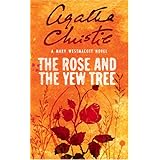
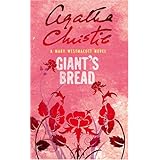
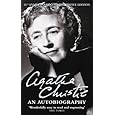
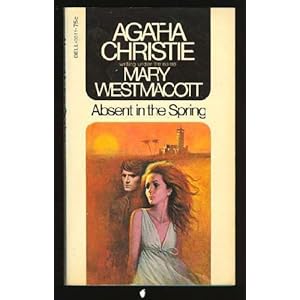
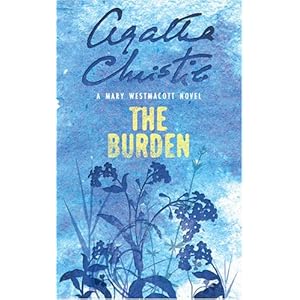
Great post Gerry and I love the new look to the blog. I haven't been here for a while!!
ReplyDeleteTee, thanks! The new look is down to Raymond – he did it while my back was turned – but I like it, so that's okay.
ReplyDeleteHow come you can leave comments here and no one else can? Reggie, Mike and others tell me they've tried in vain. You and I must be special!
Special I am. x
ReplyDeleteFascinating as always, Gerry. I had no idea!
ReplyDeleteThanks, Mike! And I'm really glad to see the comments seem to be working again – a weight off my mind.
ReplyDelete